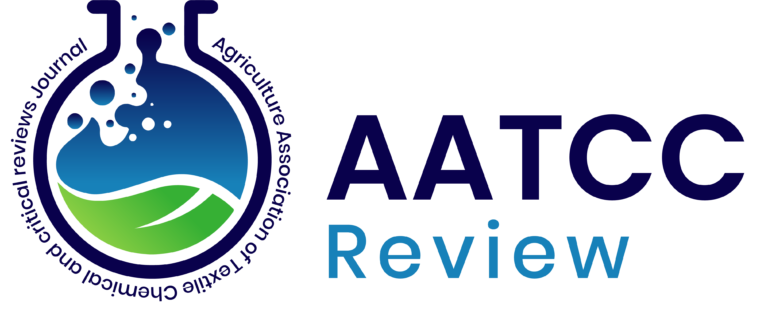Indiscriminate insecticides use in chilli exacerbates T. parvispinus
infestation: A case study in major chilli growing areas of Telangana State, India
DOI: https://doi.org/10.21276/AATCCReview.2024.12.04.599
Abstract
A survey was conducted in major chilli growing districts of Telangana in India during
2022-24 to assess the land holdings of the farmers, the commonly cultivated chilli
varieties/hybrids, insecticide usage and use of different groups of insecticide molecules
against T. parvispinus in predominantly chilli growing areas of Telangana state of India. The
results revealed that the highest average land holding (7.44 acres/ farmer) was documented in
Khammam district with the highest (87.50%) cultivation under Teja segment (F1 hybrid)
under 93.75% flood irrigation. Regarding insecticide usage, the highest number of insecticide
sprays (29.88) with the lowest waiting period of 7.25 days were observed in the Khammam
district, while it was lowest in the Jagtial district with 12.63 days waiting period between
the sprays and 9.38 total number of applications. It was also noted that, the highest average spray fluid was
used in Khammam district (253.75 litres/acre), followed by Mahabubabad (241.25 litres),
Peddapalli (239.38 litres), Nagarkurnool (237.50 litres) and J. Gadwal (227.25 litres), while
lowest spray fluid was used in Jagtial district (211.63). Regarding the usage of insecticide
molecules, a total of 23.00 insecticide molecules were used in chilli. The highest number of
insecticide molecules (23.00) were used in Khammam district, followed by Mahabubabad
(20.00), Peddapalli (18.00), Nagarkurnool (17.00) and the lowest number in Jagtial district
(14.00). Among the insecticide molecules, the highest usage of fipronil 5 SC to an extent of
64.58% was observed, followed by diafenthiuron 50 WP (58.33%), imidacloprid 17.8SL
(56.25%), thiamethoxam 25 WG (54.17%) and dimethoate 30 EC (39.58%). Among the
insecticide molecules, 34.78 % of insecticides come under highly toxic and moderately toxic
categories. The survey results concluded that, the highest usage of insecticide molecules was
found in Khammam district which recorded the highest incidence of T. parvispnus (56.75%),
whereas, lowest usage of insecticides were reported from Jagtial district, which recorded
lowest incidence (20.25%) of thrips and it was also observed that most of the farmers were
ignorant of the use of recommended insecticides, pesticide residues, pesticide safety
measures and eco-friendly pest management practices of chilli in the survey locations.
PDF: View / Download
